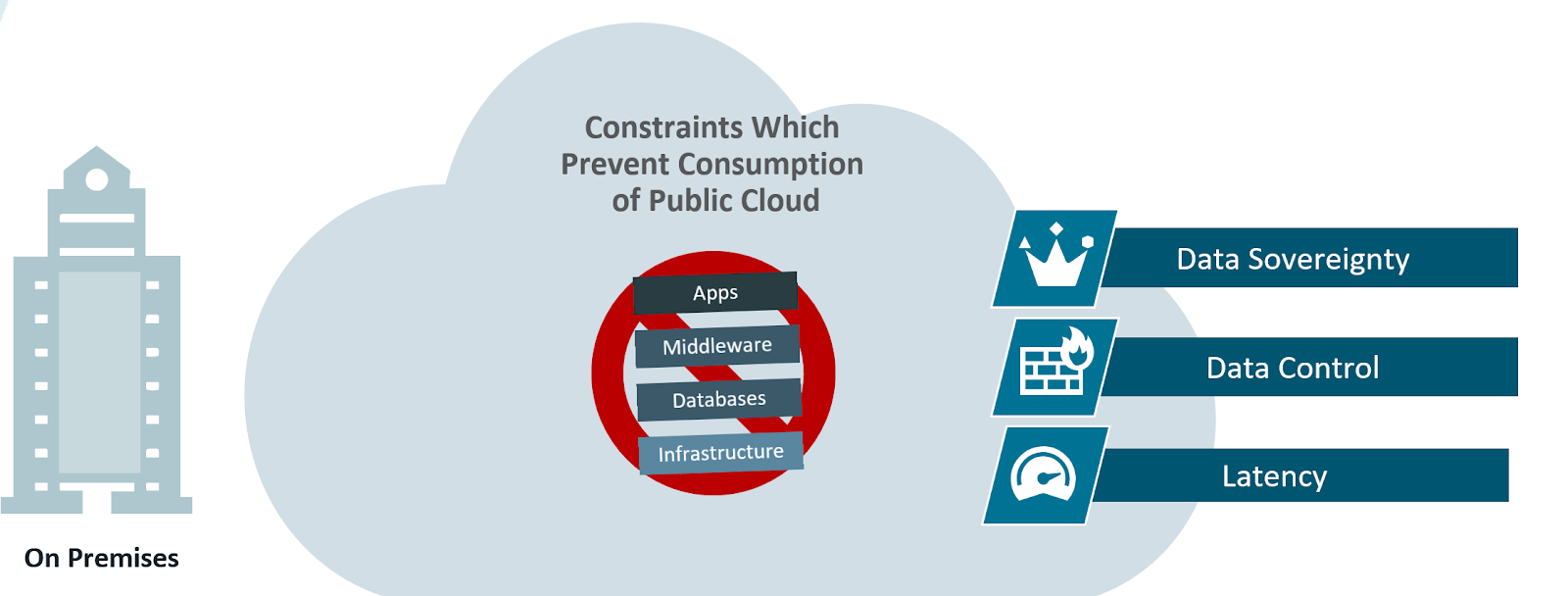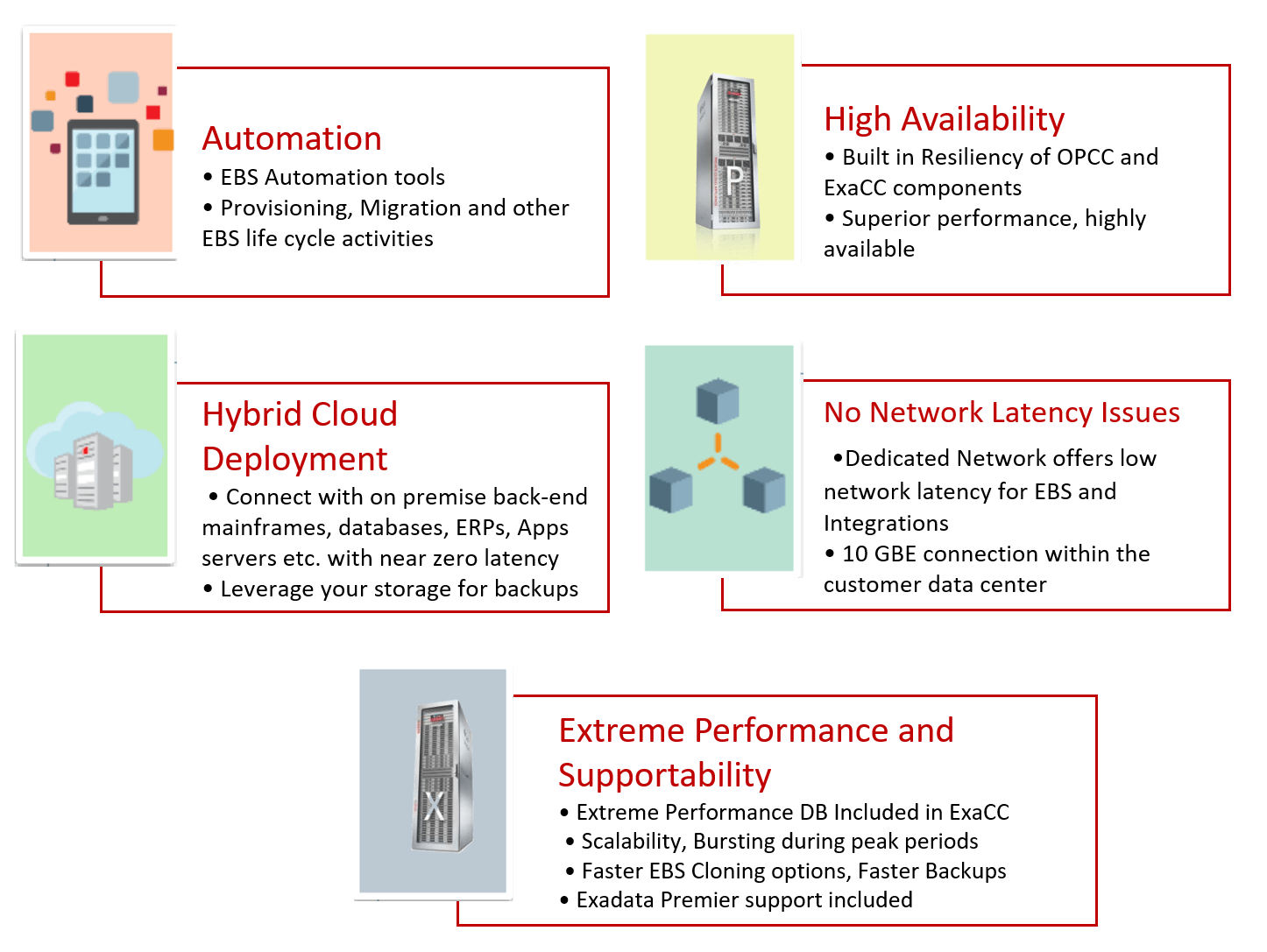
Not able to migrate to a public cloud for security, control, and regulatory compliance have been reasons for few industries like healthcare, financial organizations. While they might move non critical applications where their customers are, they are world over limited to their in-house or caged private data center environments.
The story is pretty similar for Oracle EBS customers, running their mission critical application. While they might have challenges to move to a public cloud the reasons may vary from organization to organization.
Challenges of Moving EBS to a Public Cloud
Data Sovereignty: You may want to look at a private Cloud because they have specific business needs and requirements. If you have data sovereignty constraints hence you need to ensure you keep your data on premise – or you can’t even use 3rd party data centers. E.g. financial, healthcare etc. You may need complete isolation of your infrastructure and can’t share your infrastructure with other customers too. You may need to comply with security frameworks such as SOX, HIPAA, etc. These regulatory frameworks can’t be available in the public Cloud and can only be in an environment that complies with specific regulations.
Data Control – You want control: To maintain full control of your data as well as systems. Customers want to use their own firewalls, load balancers, VPNs and their businesses are set-up such that they need to deliver on specific SLAs and the benefits need to be realized in their own data centers.
Network Latency: Finally, you may want to make sure you are not dealing with any latency issues. You need to connect with back-end mainframes or databases. For example, as traffic goes from private to public, there might be certain Service Level Agreements (or SLAs) you will need to meet so that latency is very low or you want dedicated infrastructure within your own data center. You could be working in a country where your data center is not located. This is where having a Cloud on your premises makes a lot of sense. While this can be easily resolved with Oracle Fast connect (high speed connectivity to Oracle cloud, IP VPN etc, however poorly planned applications or highly customized applications will still have latency issues unless optimized.
Oracle cloud at customer: Oracle EBS in cloud behind your firewall
To address all these challenges, Oracle has introduced a unique offering Oracle ‘Cloud at Customer’.
Oracle Cloud@Customer brings Oracle’s complete portfolio of public cloud infrastructure, fully managed cloud services, into your data center. It enables you to run applications faster and lower your costs using the same high-performance capabilities, autonomous operations, and low-cost subscription pricing found in Oracle Cloud Infrastructure. And you get all this while maintaining complete control of your data so you can address data sovereignty, security, and connectivity concerns.
- Same Oracle Cloud but equipment delivered on site
- Oracle owns hardware and software; manages the platform remotely
- Leave the stack to Oracle. Focus on using the services
- Simple subscription (IaaS, PaaS, and SaaS) and Pay-as-You-Go (PaaS and SaaS) pricing
- Today, you get three different cloud machines, depending on your use case.
- For infrastructure and platform services, there’s the Oracle Cloud Machine.
- For heavy database workloads, there’s the Exadata Cloud Machine.
- For open analytics using Hadoop, there’s the Big Data Cloud Machine.
Cloud at Customer – Organization Benefits:
- It allows you to build new Cloud-native applications. Oracle provides the platform and all the building blocks that you need to focus on building your application. For Cloud, the idea is rapid innovation.
- Conform to regulatory, privacy and legal frameworks by running Cloud on your premises.
- Oracle Cloud PaaS, IaaS, and SaaS capabilities in public Cloud or on customer premises.
Cloud at Customer – Technical benefits


